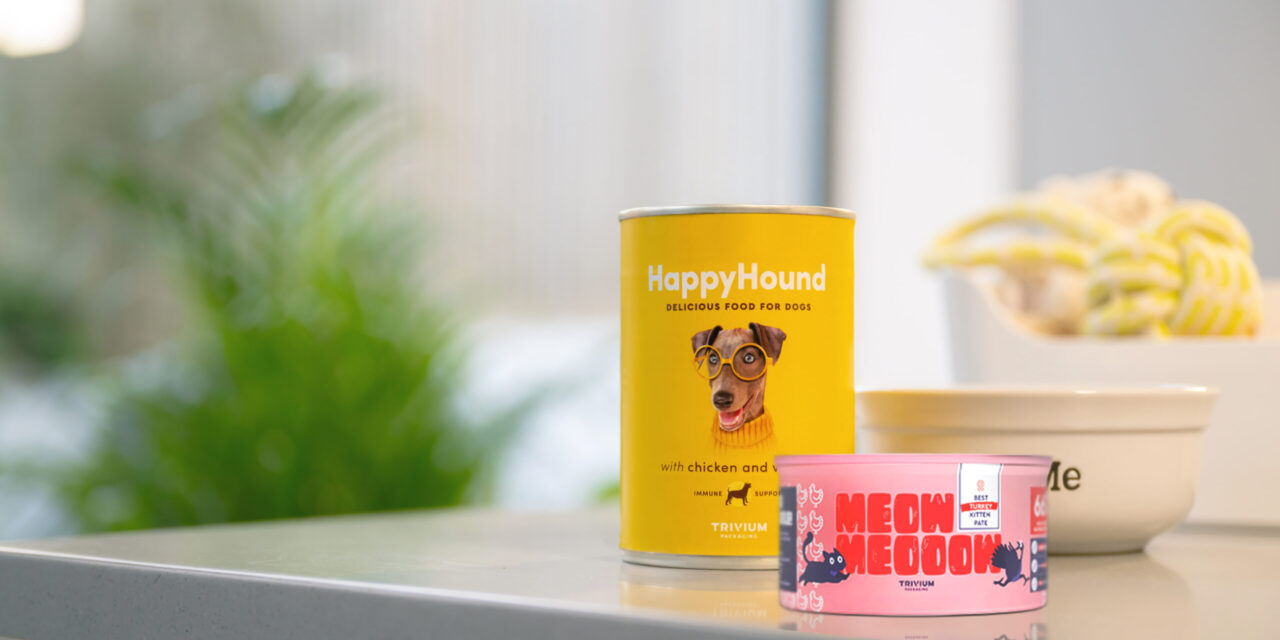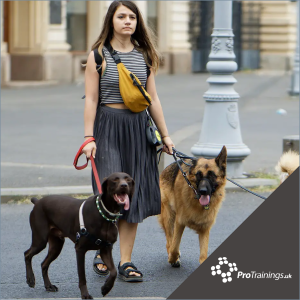An estimated 17.2 million (60%) households own one of the 36 million pets in the UK in 2024. This drives a pet food market worth £4.1 billion, showing an increase of £300 million from £3.8 billion in 2023 and £3.4 billion in 2022.
This rapidly growing market, the third largest in the world after the US and China, highlights the importance of sustainable practices, particularly in the packaging of pet products.
When other industries, such as the food and beverage sector, recognise the numerous benefits of using metal packaging, this shift highlights the potential for the pet market to also embrace this trend. Metal packaging offers unparalleled recyclability, durability, and protection, making it the optimal choice for packaging pet food, supplements, treats, and more.
The Environmental Imperative
The pet industry has the power to be a significantly positive or negative contributor to environmental issues, mainly due to the packaging materials used. Traditional packaging, often made of plastic and composite materials, poses significant challenges in terms of recyclability and environmental impact. These materials contribute to the growing problem of plastic pollution, which affects wildlife and ecosystems worldwide. Despite the recyclability of some plastics, only 9% have been recycled, 12% have been incinerated, and a staggering 79% or 6.3 Billion metric tonnes of plastic waste are in landfills, according to a study from the University of Georgia.
Metal packaging offers numerous environmental benefits that can significantly reduce the ecological footprint of pet products. Metal can be recycled endlessly. In fact, 80% of metal that’s ever been produced is still in use today. In the context of high numbers of pet ownership and pet food, health and grooming product consumption, there is huge potential for sustainable metal packaging to make a difference.
The Advantages of Metal Packaging
Unlike plastics, metals can be recycled endlessly without losing their structural integrity or quality. This means that a metal can used today may be recycled and formed into another can or any other metal product infinitely. In fact, this process happens within 60 days! This closed-loop recycling system significantly reduces the need for virgin materials and lowers the overall carbon footprint of packaging.
Additionally, the recycling process for metals is highly efficient, requiring less energy compared to producing new metal from ore. For example, recycling aluminium saves up to 95% of the energy needed to produce it from raw materials. This substantial energy saving translates into lower greenhouse gas emissions, aligning with global efforts to combat climate change.
Regarding preservation qualities, metal packaging provides excellent barrier protection, which is crucial for preserving the freshness and nutritional value of pet food. It protects the contents from light, oxygen, and contaminants, ensuring a longer shelf life and reducing food waste. This durability also makes metal cans less likely to be damaged during transportation, further minimising waste.
Metal Packaging in Action
Some pet care brands are already making strides toward improving their sustainability. For example, Butcher’s Pet Care, a leading British pet food manufacturer, has replaced the plastic shrink-wrap packaging on its multipack cans with recyclable and biodegradable cardboard while maintaining its dedication to using metal cans.
Noticing that reducing plastic waste is important for its customers, Butcher’s has also included it in its environmental pledge, which states: “Our cans are infinitely recyclable forever. These metals can be easily and sustainably turned into new materials, like car parts, bicycles, or even more cans!”, commented Rachel Collinson, Director of Food for Dogs at Butcher’s Pet Care. This initiative by Butcher’s Pet Care exemplifies how companies can integrate metal packaging into their sustainability strategies effectively.
The future of pet food packaging
The shift towards sustainable packaging is not merely a response to regulatory pressures but a reflection of changing consumer values. As pet owners become more environmentally conscious, they demand products that align with their principles. The aesthetic appeal and perceived quality of metal packaging can enhance brand image and attract environmentally aware customers. As data from 2024 Buying Green Spotlight suggests, 84% of consumers perceive metal packaging as ‘high end’ and 89% like the material of reusable aluminium.
However, the transition to sustainable packaging requires collective action. It involves collaboration among manufacturers, governments, and consumers to establish an infrastructure that supports recycling and waste management. Policies that encourage the use of recyclable materials and penalize non-sustainable practices can speed up this transition.
Metal packaging is becoming popular in the pet industry due to growing consumer concern for sustainability. This eco-friendly option minimises environmental impact and meets the needs of eco-conscious pet owners. As businesses prioritise sustainability, metal packaging is set to become the future of eco-friendly pet food solutions, benefiting both pets and the planet.

Chas Aylsworth holds an MBA from Washington University in St. Louis and has spent the past 14 years in commercial responsibilities for packaging, focusing on innovation and sustainability. Chas holds 11 United States Patents for medical devices, some of which are being used to treat COVID patients, keeping them off ventilators.
Chas's expertise and customer-centric approach focuses on identifying and developing solutions with sustainable and functional advantages.








